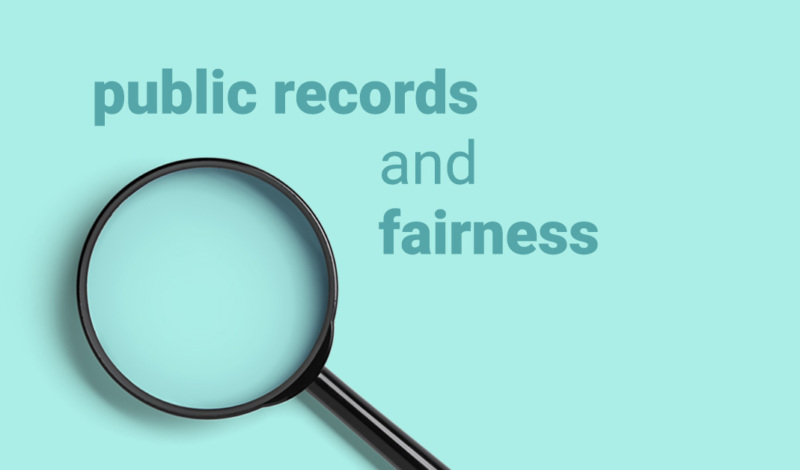
News Goggles: ProPublica investigation
In this edition of News Goggles, we’ll take a closer look at the use of records alongside elements of
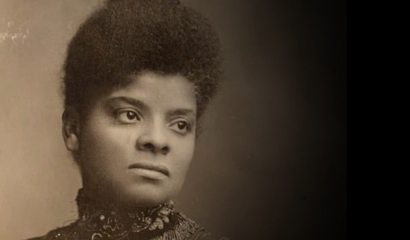 In this lesson, students learn about the vital role the First Amendment protections of free speech and a free press play in American democracy using four case studies of notable investigative (or “watchdog”) reporting. This jigsaw-style lesson has students join an “expert” group to focus on one specific case study, then join their “jigsaw” group to share what they learned with their classmates. Jigsaw group members then document the details of each report and reflect on the role the First Amendment played in each of these historic pieces of journalism.
In this lesson, students learn about the vital role the First Amendment protections of free speech and a free press play in American democracy using four case studies of notable investigative (or “watchdog”) reporting. This jigsaw-style lesson has students join an “expert” group to focus on one specific case study, then join their “jigsaw” group to share what they learned with their classmates. Jigsaw group members then document the details of each report and reflect on the role the First Amendment played in each of these historic pieces of journalism.
This lesson makes the following essential questions available:
This news literacy classroom activity is suggested for grades 7-9 and 10-12+.
NLP’s lesson plans cover core news literacy subjects that help provide educators with the resources to design their own units. Many of these lessons have a corresponding version on NLP’s e-learning platform, Checkology. You can find activities, quizzes, infographics and posters that complement many lessons in NLP’s resource library.
In this edition of News Goggles, we’ll take a closer look at the use of records alongside elements of
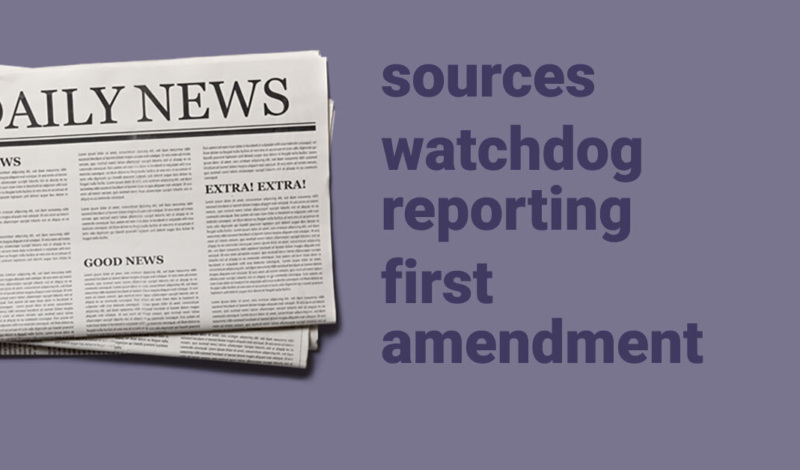

Let's examine an editor’s note published online on Sept. 27, 2020, that accompanied a New York Times investigation into President Donald Trump’s taxes and
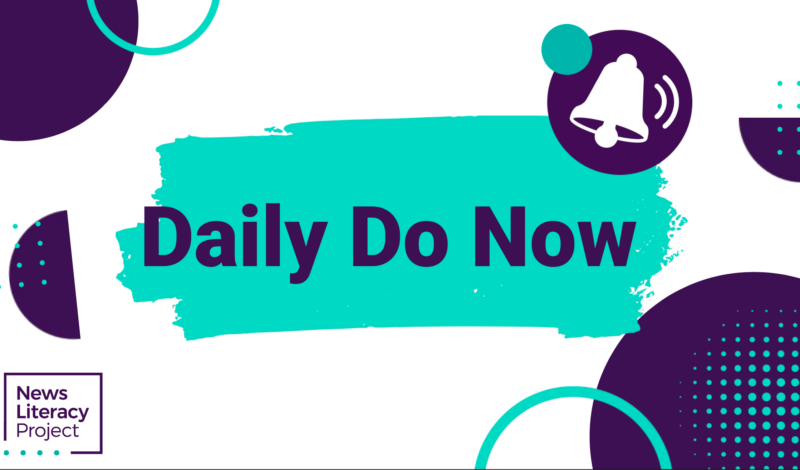

This collection of “do now” resources is an ideal way to maximize news literacy learning in the opening minutes
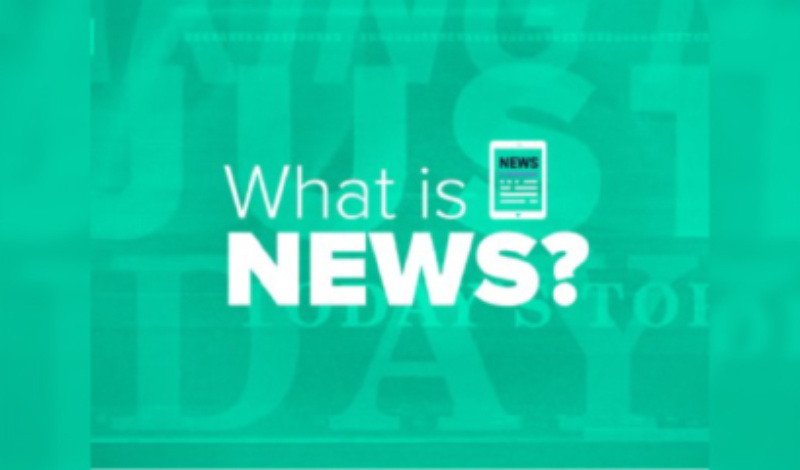

In this lesson, students use four key criteria to explore how journalists determine which events to cover.
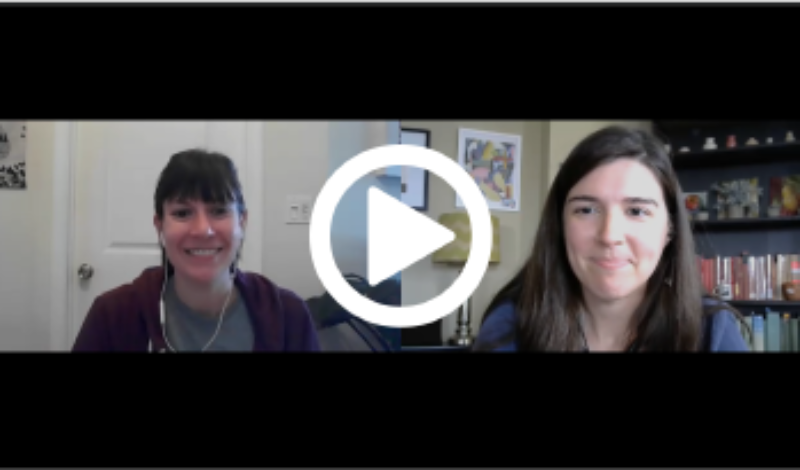

This week, we talk to Emily Hoerner of the Chicago Tribune about her recent story on public restroom access.



